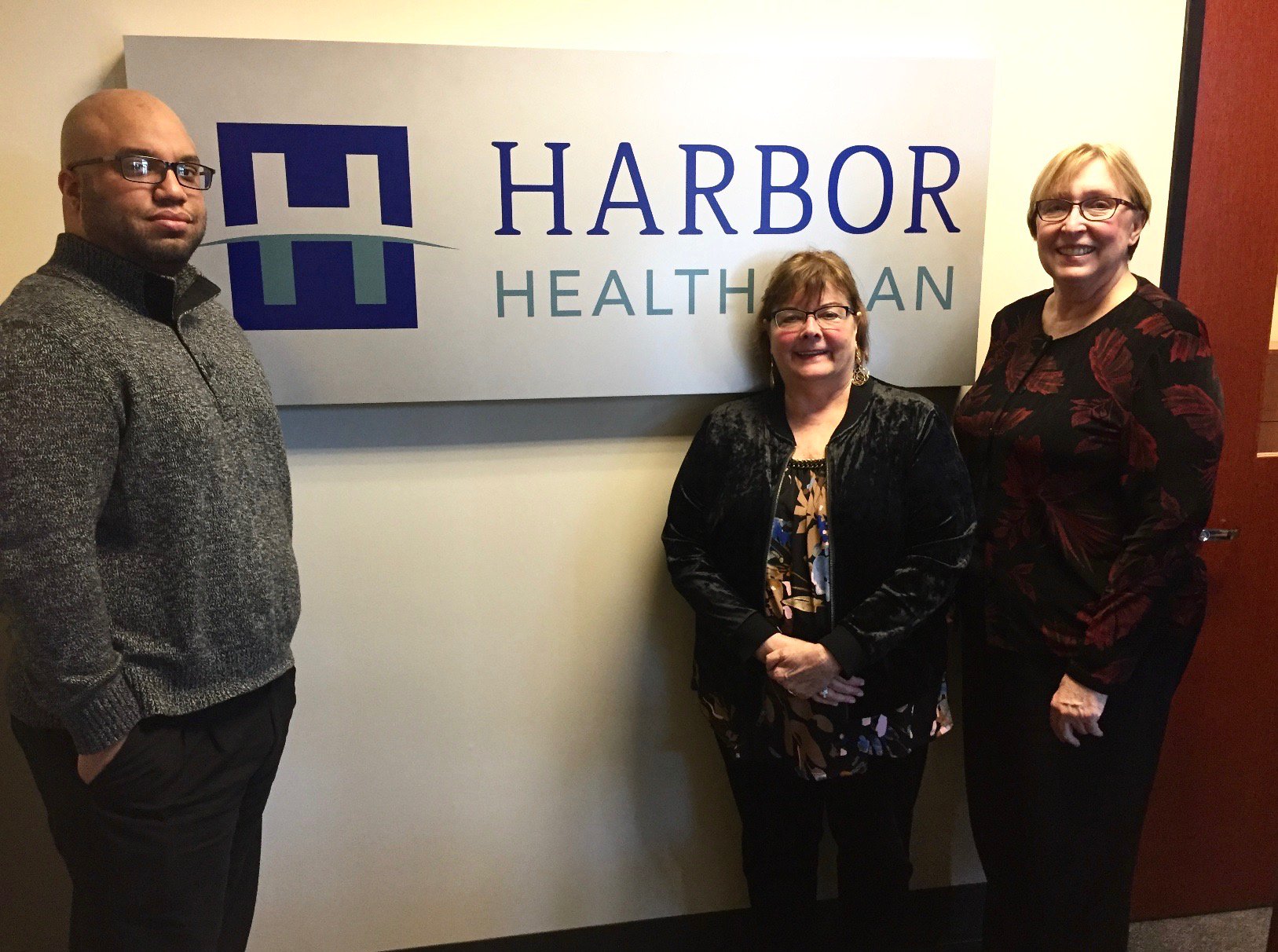Four Questions Series:
How Harbor Health Plan Utilizes PatientPing to Improve Member Outcomes
Welcome back to our Four Questions Series! We caught up with the Care Management team at Harbor Health Plan in Michigan to learn more about how the team uses PatientPing in their daily workflows. Harbor Health (formerly ProCare Health Plan) is owned by Trusted Health Plan. Harbor Health was certified as a Clinic Plan in 1996, a Qualified Health Plan in 1998, and a licensed HMO in December 2000. Harbor Health has dedicated, experienced, and well-trained staff who have been involved in healthcare delivery for many years. Harbor Health ensures that its member’s medical needs are met, and recognize that its providers are key to achieving this goal.
How does PatientPing help you accomplish your goals?
PatientPing has been critical in helping us accomplish our daily goal of receiving notifications on our high utilizers, whether inpatient or in the ED. We rely on it as our initial data source which allows us to act and provide timely interventions with our members.
-
What were your workflows prior to implementing PatientPing? How do you use the tool today?
Prior to using PatientPing, we had access to a database via Detroit Medical Center, however it was specific to only their admissions. We also utilized a claims-based report, but it was retrospective. Claims are not the best indicator of which patients are actually most in need of services, since all of the data is lagged. Implementing PatientPing has resulted in us finding difficult-to-reach members and has allowed us to follow up with them to help impact their high utilization status.
-
What do you like most about PatientPing?
We love the alerts as well as the high utilizer flags! We are able to get the notifications right to our phone or email in real time (or batched throughout the day), as well as see which patients are actual high utilizers. It lets us quickly identify which patients are in most need of intervention and ensure we’re able to triage them to the appropriate clinical resources in a timely manner to avoid future ED visits.
-
How has PatientPing helped you help a member?
A 54-year-old homeless male was unable to see a primary care physician because he did not have any form of identification. A Social Work Care Manager (CM) was able to locate him at Beaumont Dearborn Hospital after receiving an alert from PatientPing. The man’s primary complaint was hip pain, but the team realized that he was also exhibiting signs of alcohol abuse based on clinical information in PatientPing. The Community Health worker (CHW) worked with several different systems to try and help him obtain identification. The member was finally able to obtain a State ID in November and has since been connected with a primary care physician. The SW-CM continues to assess his readiness for substance use services but he is not in acknowledgement at this time. Additionally, the CHW made a referral to our housing partner, who will work with the member to obtain permanent supported housing.
Thanks so much, Harbor Health team! For more information about how PatientPing can enhance your care coordination efforts, contact us.
To learn more about how Patient Ping has helped other care facilities across the country improve their patient touchpoints and provide more comprehensive care check out more Four Questions Series articles.
